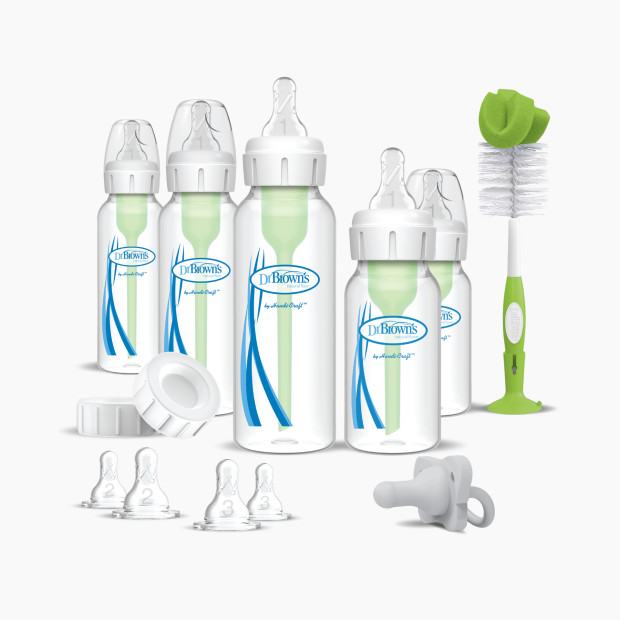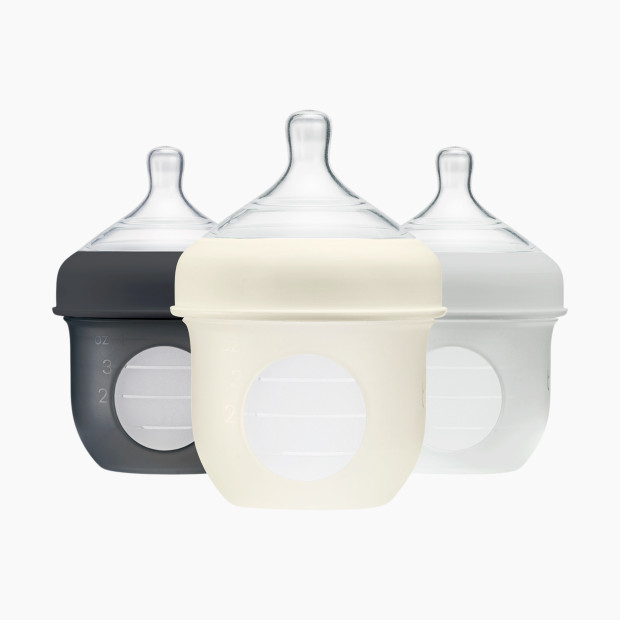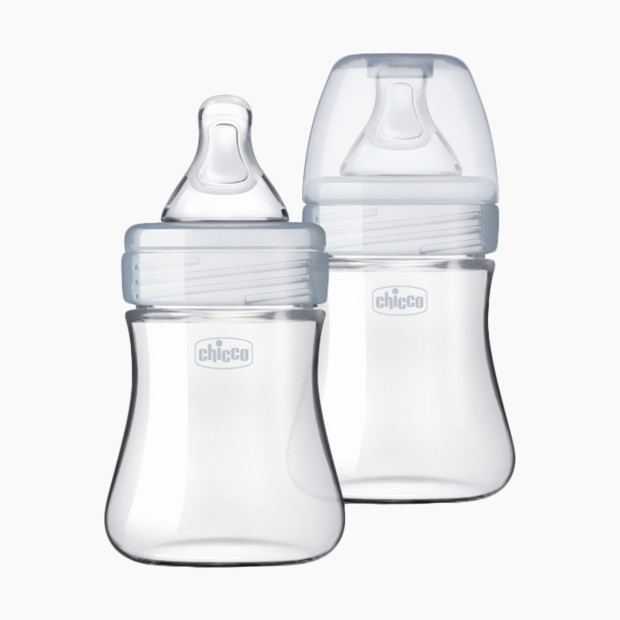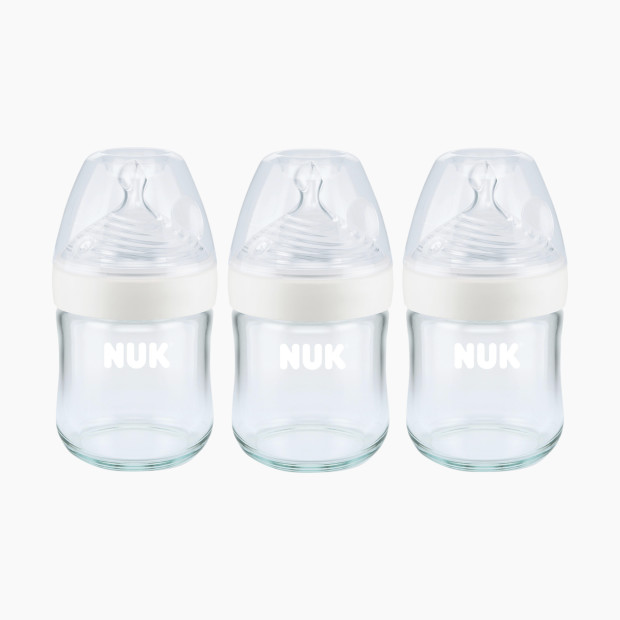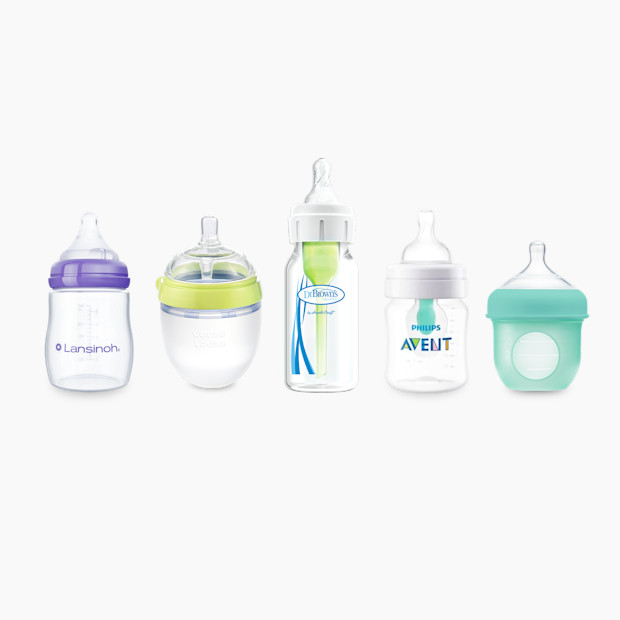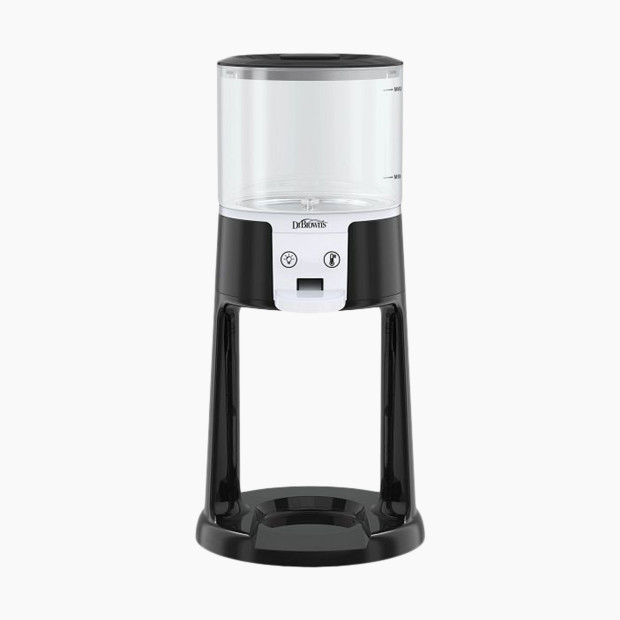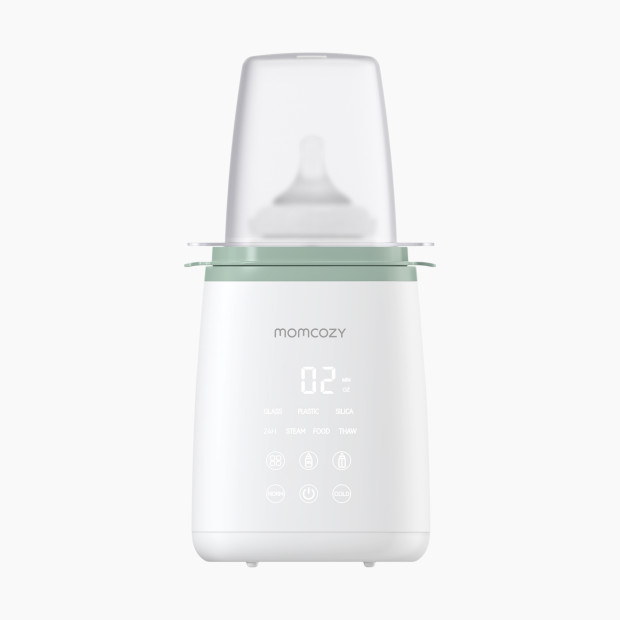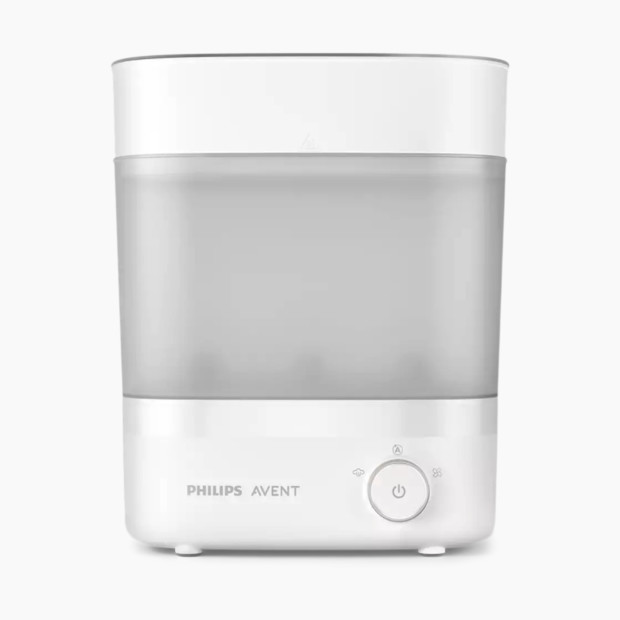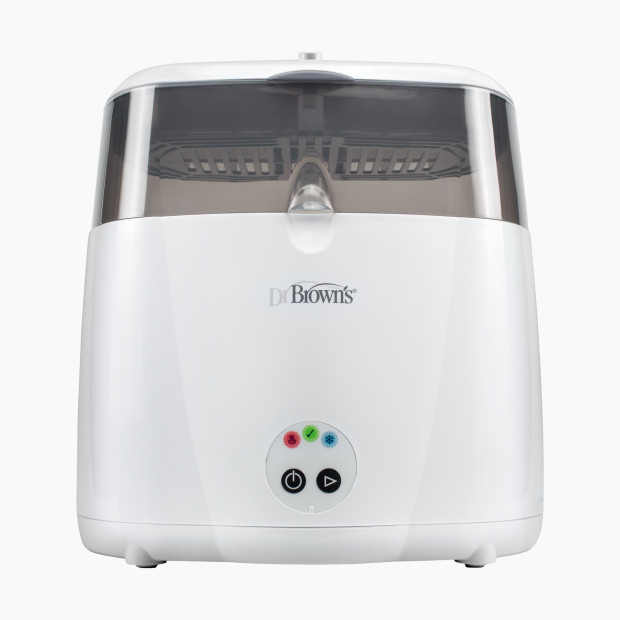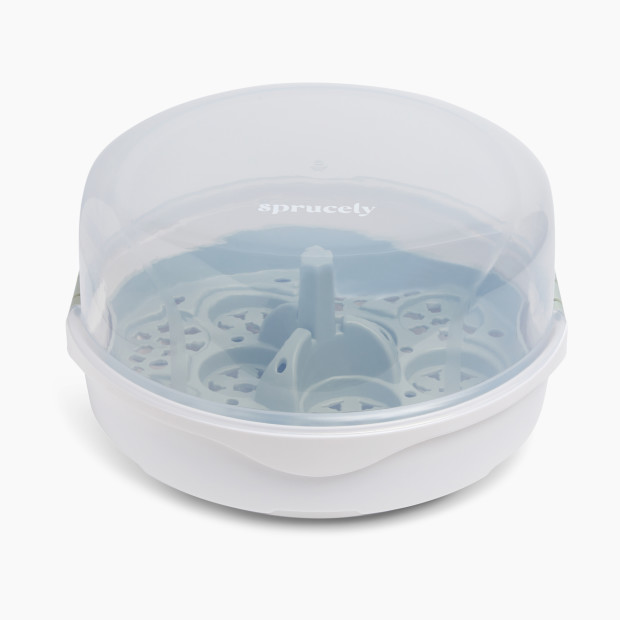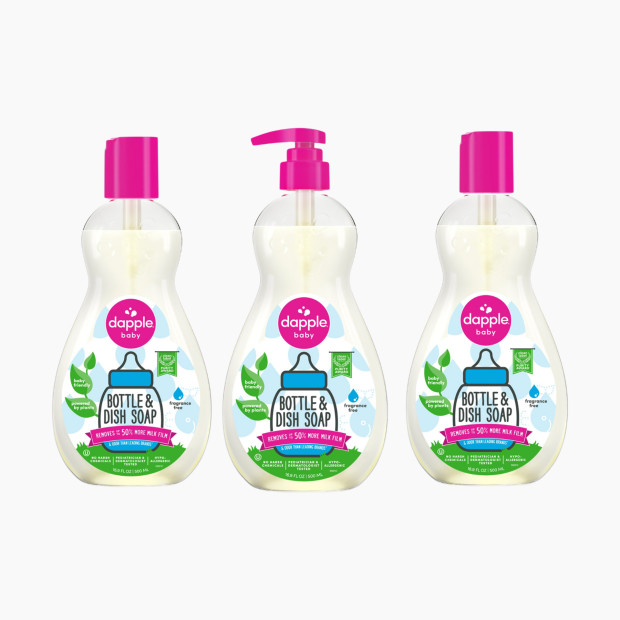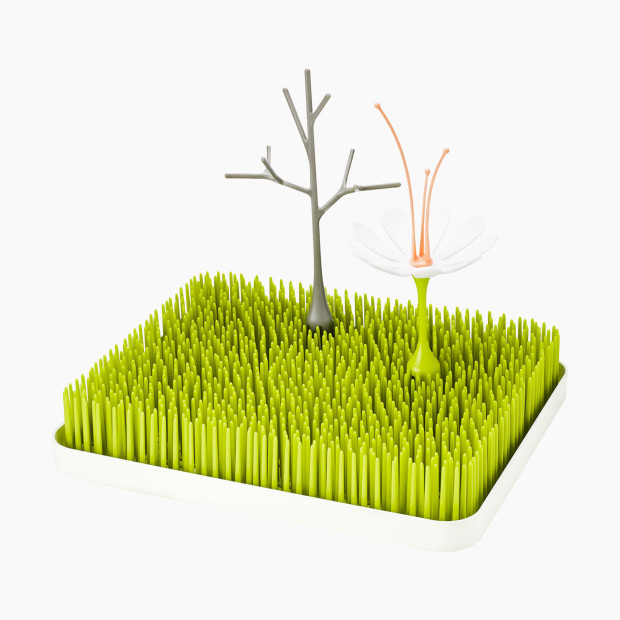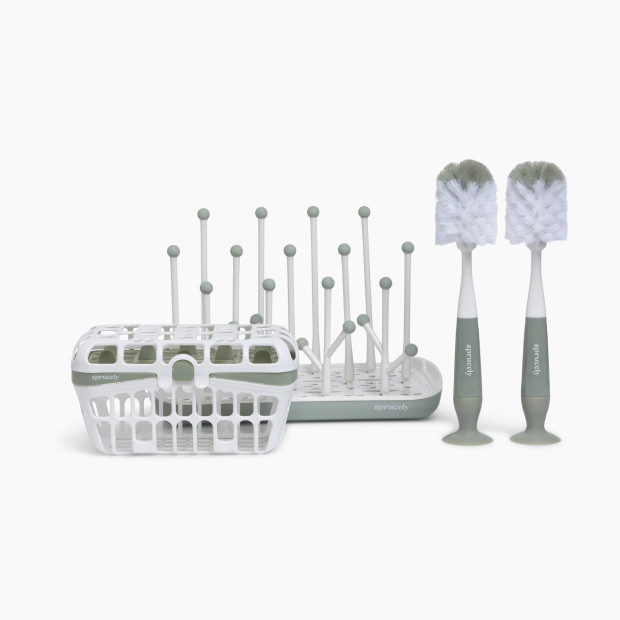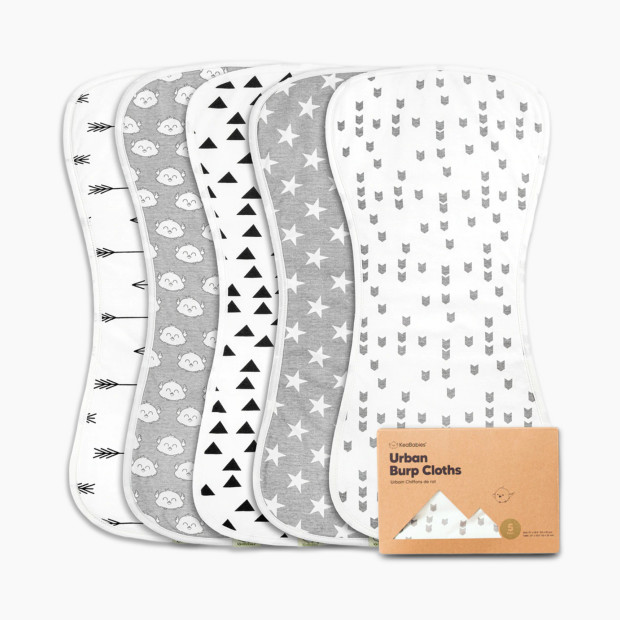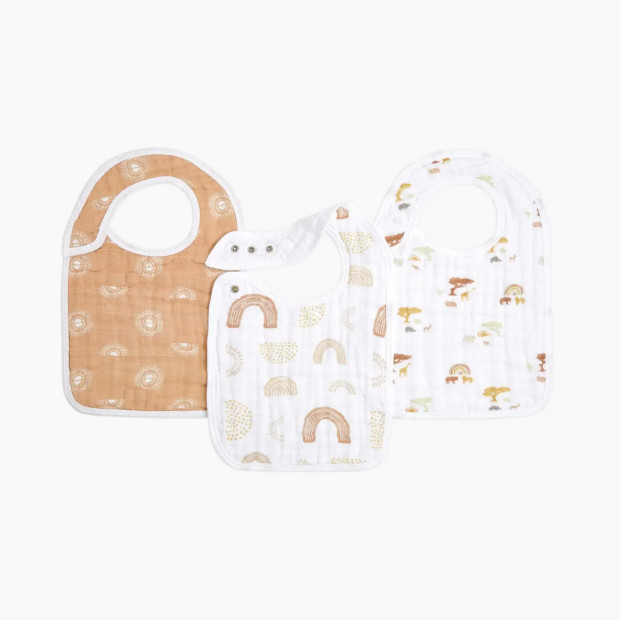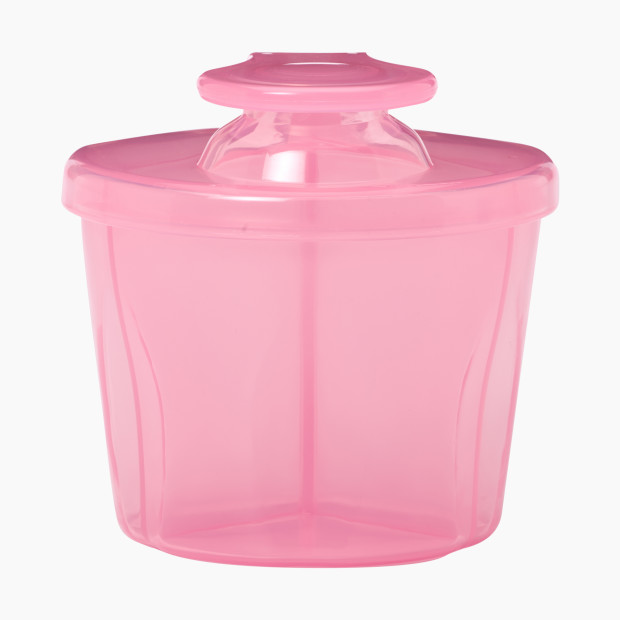
Formula Prep Station: The Hack Every Bottle-Feeding Parent Needs
Think: a special, convenient one-stop shop for all your baby formula-making needs.

No matter how you do it, feeding babies is a lot of work. If you’re exclusively bottle-feeding with formula, setting up a well-stocked and organized bottle-making station can make life a whole lot easier. You’ll have everything you need to make a bottle ready to go, so you can spend less time prepping and get your baby fed as soon as possible (because a hungry baby is a cranky baby).
In the same way nursing parents set up a cart—think: a bar cart or coffee bar, but for baby feeding supplies—to keep essentials within reach, formula and bottle-feeding parents can also create a well-stocked station to make bottle prep a bit more seamless. Since you need water and possibly something to warm your baby’s bottle up, you’ll likely be prepping most of your bottles in the kitchen.
We created this list as a guide to help you cover all of the bases: from a stash of bottles, quick bottle prep gadgets, clean-up helpers, extras that are nice to have on hand and organization solutions for storing everything. Here’s everything you need to know, along with suggestions for what to add to your registry or cart, to help you set up the perfect formula-feeding station in your kitchen.
Formula and Bottles
The two main stars of the bottle prep station are baby bottles and formula. If you’re exclusively bottle feeding, you’ll want to stock up on bottles once you’ve figured out which ones your baby prefers. Get as many as you need—the amount of feeds depends on age, but at least six is a good place to start—so that you can make it through one day of feeding, that way you won’t need to wash bottles multiple times a day.
Bottle Prep Line-Up
Next you’ll want to set up everything you need to actually prepare the bottles, including your choice of formula, a jug of distilled water (or tap if your local tap water is okay to drink), a formula maker (machine or pitcher). Formula should be stored in a dry, cool place. Some parents leave it in the container but some like to transfer it to something that’ll look nice on the counter. You just want to make sure it’s clean, dry and airtight (also make a note of expiration date). Depending on your preferred prep method, and whether your baby prefers their bottles served warm, you might consider adding a bottle warmer or warm water dispenser.
For Cleaning and Sterilizing
Once you dive into formula feeding, you’ll quickly figure out which cleaning routine makes the most sense for you. Many bottles are top-rack dishwasher safe (be sure to check your specific brand’s care instructions), but you can also hand wash or use something like Baby Brezza’s Bottle Washer machine. Here are a few suggestions that make cleaning baby bottles a bit less time-consuming.
Extra Necessities
The items in this section are the nice-to-haves—things you might not initially think of when setting up a bottle station. Keep a few bibs, burp cloths and a stain spray. This is also a great spot to store spare bottle parts (like extra nipples) so they’re ready when you need them.
Organization
Consider easy access and convenience when you’re setting up your bottle prep station. The specific types of bins or baskets depend on your individual space, but here are a few storage solutions to get you started. Bins and drawers work if you have the cabinet or countertop space, and if you don’t, a small bar or utility cart may also work—and easily move from room to room with you!
For Middle of the Night Bottles
Another tip? Some parents on our team say keeping a few supplies in their room for middle-of-the-night bottles has been a game-changer. Here are a few feeding supplies you might find helpful to have in your room (or your baby’s nursery), whether you’re making bottles as you go or prepping them ahead of time.

